Time, an ever-elusive concept that governs our lives, has fascinated humanity for centuries. In our fast-paced world, the tools we use to measure time—watches—have evolved from mere utilities into intricate masterpieces of engineering and design. Gone are the days when a watch was simply a time-telling device; today, it embodies a tapestry of functions, styles, and classifications that cater to every individual’s needs and tastes. From the classic elegance of mechanical movements to the cutting-edge technology found in smartwatches, the realm of horology offers a rich landscape of innovation and artistry. In this article, we will embark on a journey to unravel the complexities of watch functions and categories, exploring the defining features that make each timepiece unique. Whether you’re a seasoned collector or a curious novice, understanding the fundamental elements of watches will not only enhance your appreciation but also empower you to make informed choices about your own timekeeping companion. So, let’s dive into the fascinating world of watches, where every tick and tock tells a deeper story.
Understanding the Intricacies of Watch Movements
The essence of a watch lies in its movement, a marvel of engineering that translates the passage of time into tick and tock. Two primary categories dominate this realm: **mechanical** and **quartz** movements. Mechanical movements, powered by intricate gears and springs, embody the artistry of watchmaking. A typical mechanical watch consists of tiny components that work in harmony, allowing for manual winding or self-winding through the motion of the wearer’s wrist. In contrast, quartz movements utilize electronic oscillators regulated by a battery, offering superior accuracy and low maintenance. Both types are celebrated for their uniqueness, each attracting a dedicated following of enthusiasts and collectors.
To appreciate the mechanics of these movements, it’s beneficial to understand some key terminologies and components. Here’s a brief overview of the terms often associated with watch movements:
| Term | Description |
|---|---|
| Escapement | The mechanism that transfers energy to the timekeeping element, allowing the gear train to advance. |
| Balance Wheel | A component that oscillates, regulating the speed of the gears for accurate timekeeping. |
| Tourbillon | An advanced mechanism designed to counteract the effects of gravity on timekeeping. |
| Caliber | The specific model of a movement, indicating the design and functionality created by the manufacturer. |
Exploring Diverse Watch Categories for Every Lifestyle
When it comes to watches, the world is as diverse as the individuals who wear them. From the rugged durability of **sports watches** designed for adrenaline seekers to the elegant sophistication of **dress watches** perfect for formal occasions, there’s a watch tailored to complement every facet of your lifestyle. For those who appreciate functionality, **smartwatches** have emerged as a tech-savvy option, integrating fitness tracking and communication features. Meanwhile, *divers’* watches appeal to underwater adventurers with their robust water resistance and visibility in low-light conditions.
For the connoisseurs and collectors, **luxury watches** are more than just timekeepers; they are symbols of status and craftsmanship that often appreciate over time. If you’re an outdoor enthusiast, consider exploring **field watches**, which are built to withstand the elements while offering excellent readability. On the flip side, the **fashion watches** serve as trendy accessories that boost personal style rather than focusing on timekeeping precision. Here’s a simple table outlining these varied categories:
| Watch Category | Key Features | Ideal For |
|---|---|---|
| Sports | Durable, water-resistant, multifunctional | Athletes, fitness enthusiasts |
| Dress | Sleek, elegant, often with fine details | Business professionals, formal events |
| Smart | Fitness tracking, notifications, apps | Tech enthusiasts, active lifestyle |
| Luxury | High craftsmanship, precious materials | Collectors, investment seekers |
| Field | Rugged, reliable, excellent legibility | Outdoor adventurers, explorers |
| Fashion | Trendy designs, aesthetic focus | Style-conscious individuals |
Essential Features to Consider When Choosing a Timepiece
When venturing into the world of timepieces, understanding the essential features is key to making an informed decision. First and foremost, one should consider the **movement type**. Different watches may feature either quartz or mechanical movements. While quartz watches tend to be more accurate and lower maintenance, mechanical watches hold a certain charm due to their intricate craftsmanship and can be a hallmark of fine artistry. Additionally, look into the **water resistance rating**, especially if you lead an active lifestyle or enjoy water sports. Ratings can vary significantly, so knowing how deep your watch can go without damage is crucial for its longevity.
Another aspect that deserves attention is the **case material**. Options range from stainless steel to titanium, ceramic, and even precious metals like gold or platinum, each offering unique benefits in terms of durability and aesthetic appeal. The **watch face or dial** also deserves consideration; not only does it affect the visual appeal, but functionalities such as **luminescence** for readability in low light and **date complications** can enhance the practicality of the timepiece. To further enhance your selection process, take a look at a comparison table that highlights some of these features:
| Feature | Quartz Watch | Mechanical Watch |
|---|---|---|
| Accuracy | High Precision | Variable |
| Maintenance | Low | High |
| Aesthetic | Sleek and Modern | Artistic and Vintage |
| Water Resistance | Varies by Model | Typically Lower |
In Summary
As we draw the curtain on our exploration of timepieces, it becomes clear that the world of watches is as intricate and multifaceted as time itself. From the finely tuned mechanics of a chronograph to the sophisticated simplicity of a minimalist design, each category of watches serves a purpose that transcends mere function. Understanding these nuances not only enriches our appreciation for horology but also empowers us as informed consumers in a marketplace filled with choices.
Whether you’re a seasoned collector or a curious novice, knowing the diverse functions and classifications of timepieces helps you make thoughtful decisions that align with your style and lifestyle. As you embark on your journey through the vast landscape of watchmaking, remember that every tick of a watch resonates with history and craftsmanship, a reminder of our ongoing relationship with time.
So the next time you glance at your wrist or admire a display case, take a moment to reflect on the artistry and engineering that encapsulates each creation. After all, in unraveling the intricacies of watch functions and categories, you may just find that you are not merely measuring time, but celebrating it.


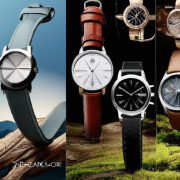
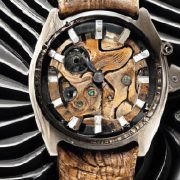
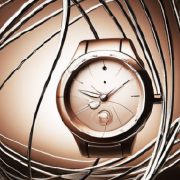
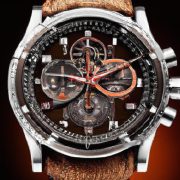
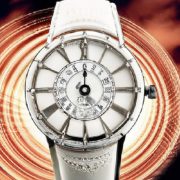

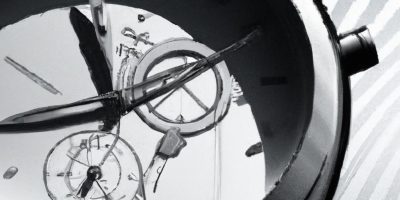
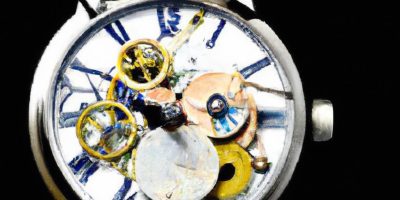
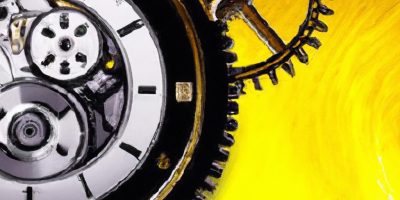


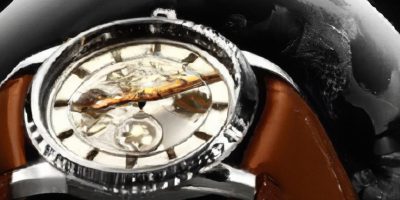



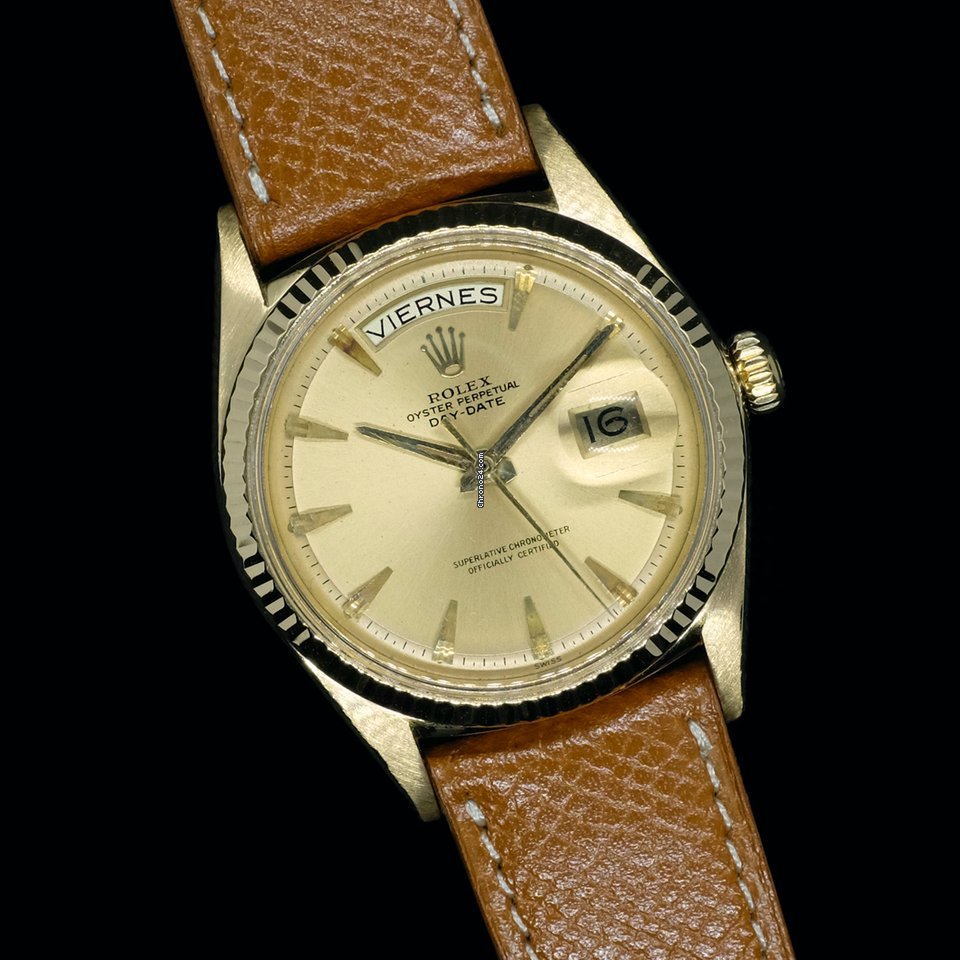
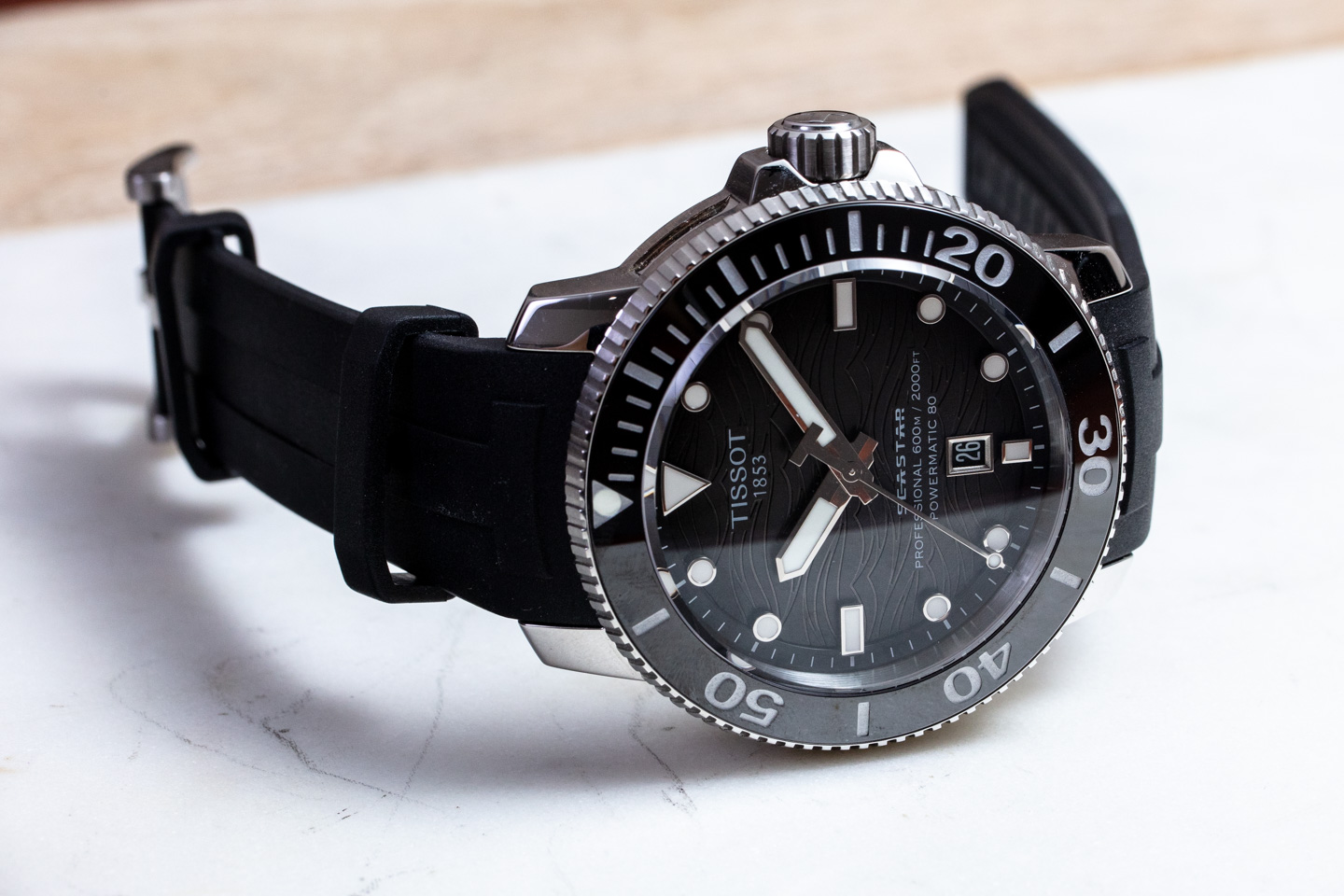
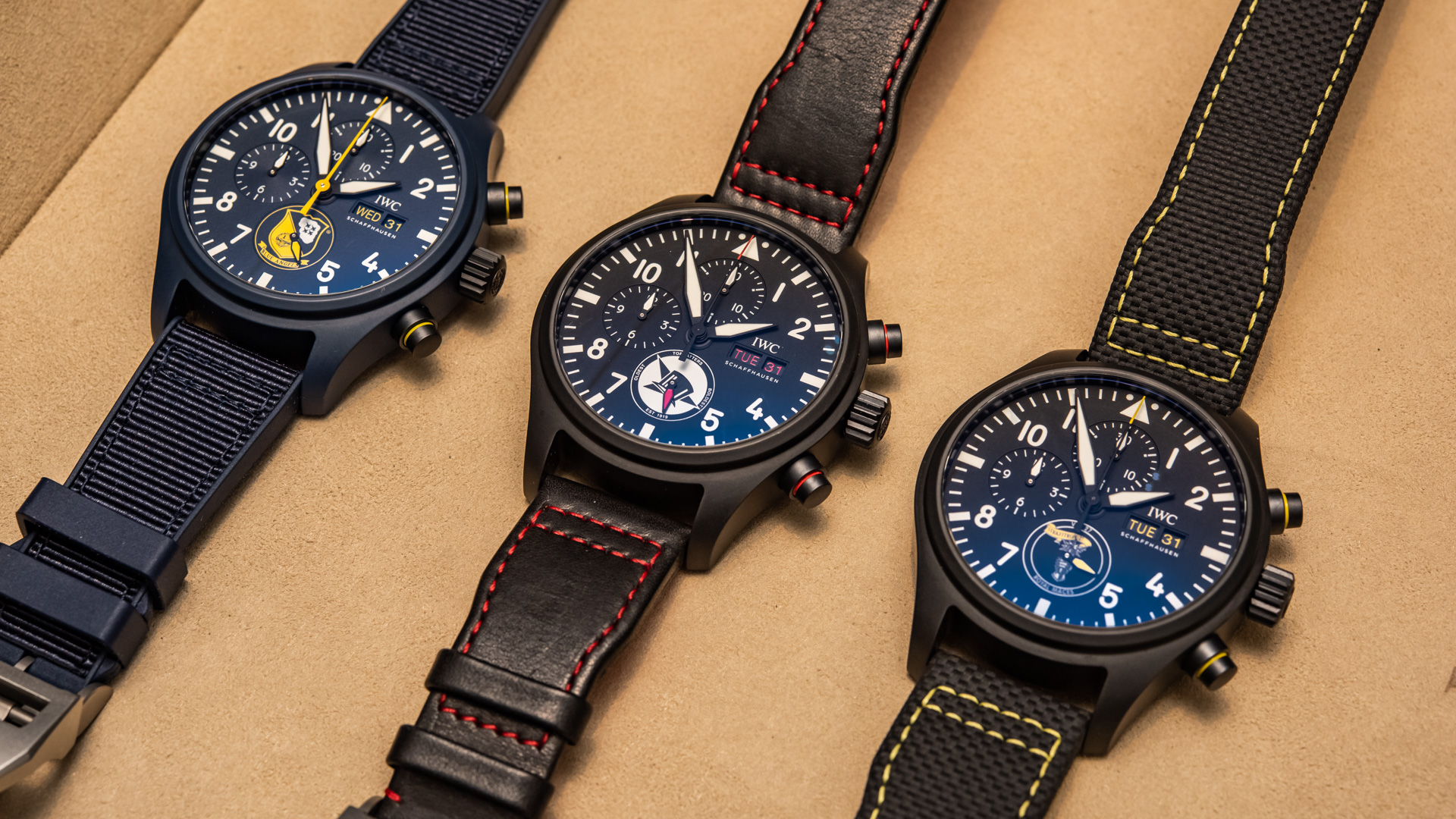
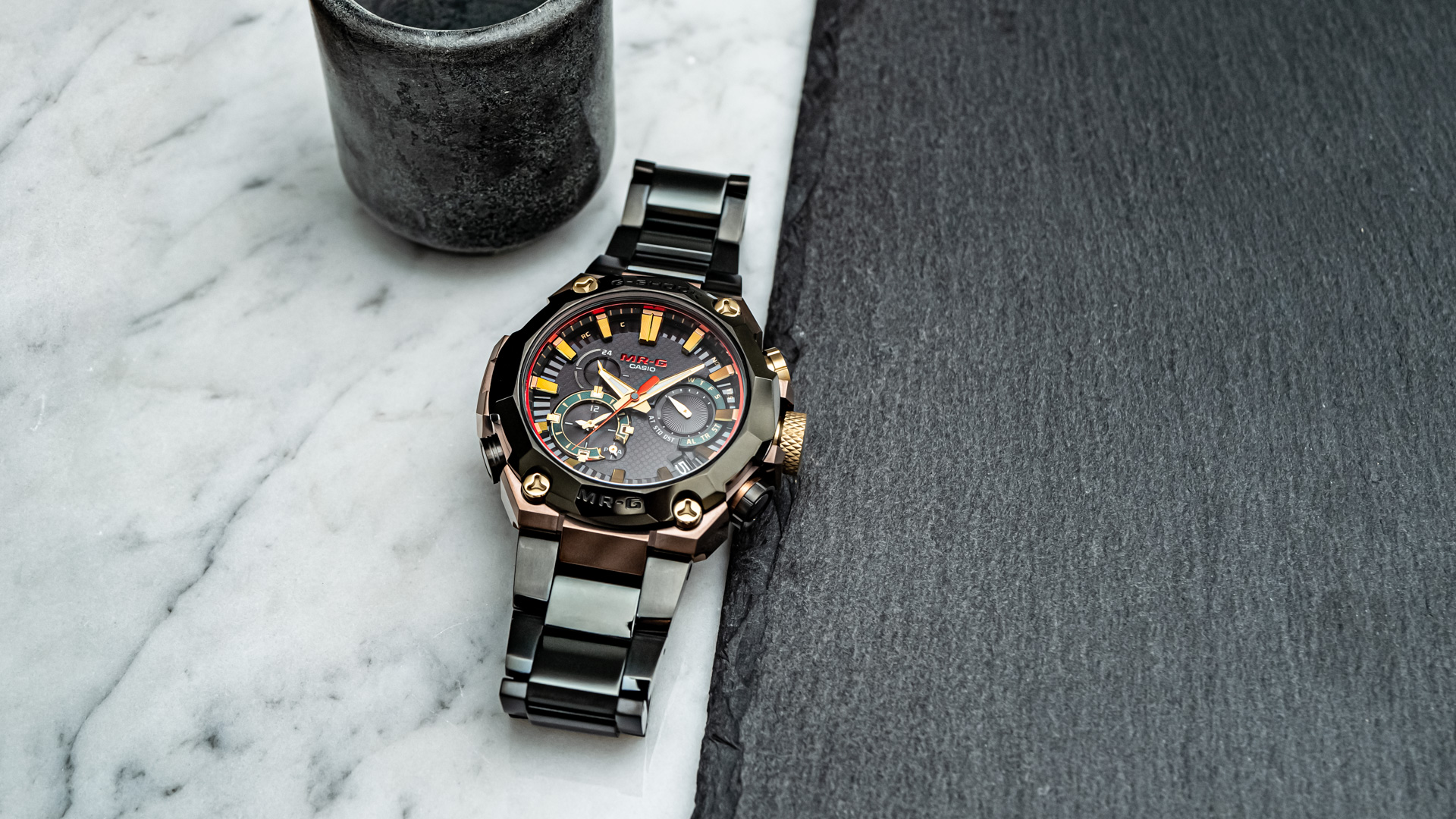


Comments